Those top general merchandise suppliers that M&S feels can be relied upon for efficiency, innovation and service will be awarded more business, as UK growth continues and the pace of globalisation accelerates.
M&S chief executive Stuart Rose said: “We want to focus on some super-growth suppliers that have worked hard for us and benefited from being efficient.”
He said the proportion of business the top 25 account for would probably rise from the “low 50s to low 60s” in percentage terms. He added that M&S had “eliminated” a few suppliers and “some eliminated themselves”, but that there was no intention to stage a cull or to impose tougher terms.
Rose unveiled a raft of initiatives and raised ambitions with this week’s interim results. Capital expenditure will be stepped up to£1 billion and up to 20 per cent more space will be added over the next three to four years.
The retailer will debut in China next year, plans to expand in India and expects international to generate 15 to 20 per cent of sales within five years.
Rose reported a “satisfactory” start to autumn trading, but acknowledged an “uncertain” consumer spending outlook.
However, he said: “If we have a slowdown, so be it. It’s tough out there, but I believe it’s about the offer you’ve got and we’ve got a fantastic offer. M&S has been through tougher times.”
M&S interim highlights
Pre-tax profits up 11.5 per cent to£451.8 million
Sales up 6.5 per cent to£4.2 billion
UK like-for-likes up 1.6 per cent (general merchandise 2.3 per cent, food 0.5 per cent)
Clothing market share now 11 per cent
Web sales up 60 per cent since March relaunch
International profits up 31.3 per cent to£52.5 million
£1 billion share buy-back announced
Q2 like-for-likes up 1.2 per cent (general merchandise 1.7 per cent, food 0.5 per cent)
50/50 joint venture with Prologis to develop a distribution centre in Bradford


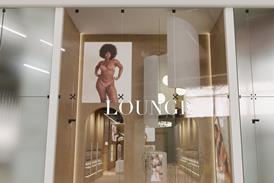


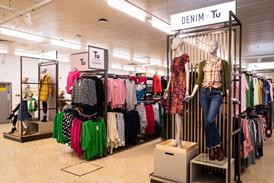
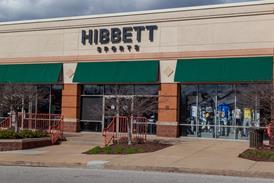



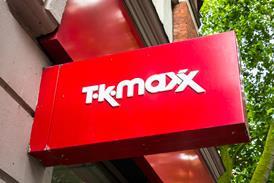
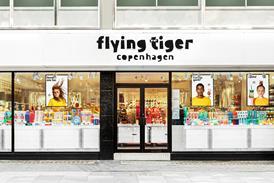






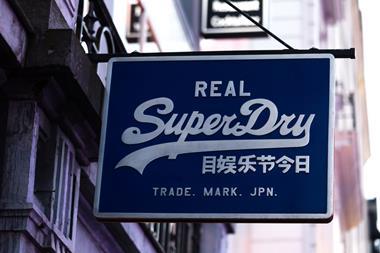
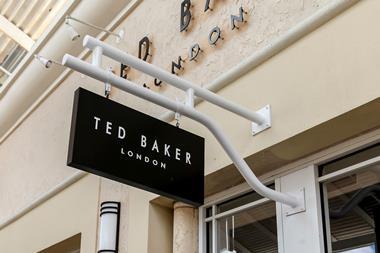

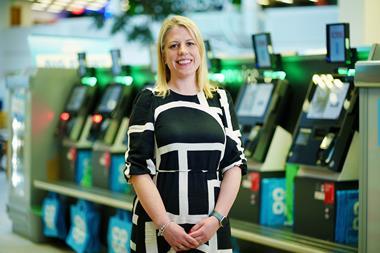

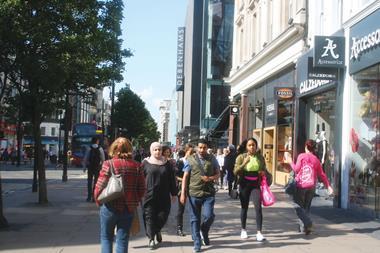
No comments yet